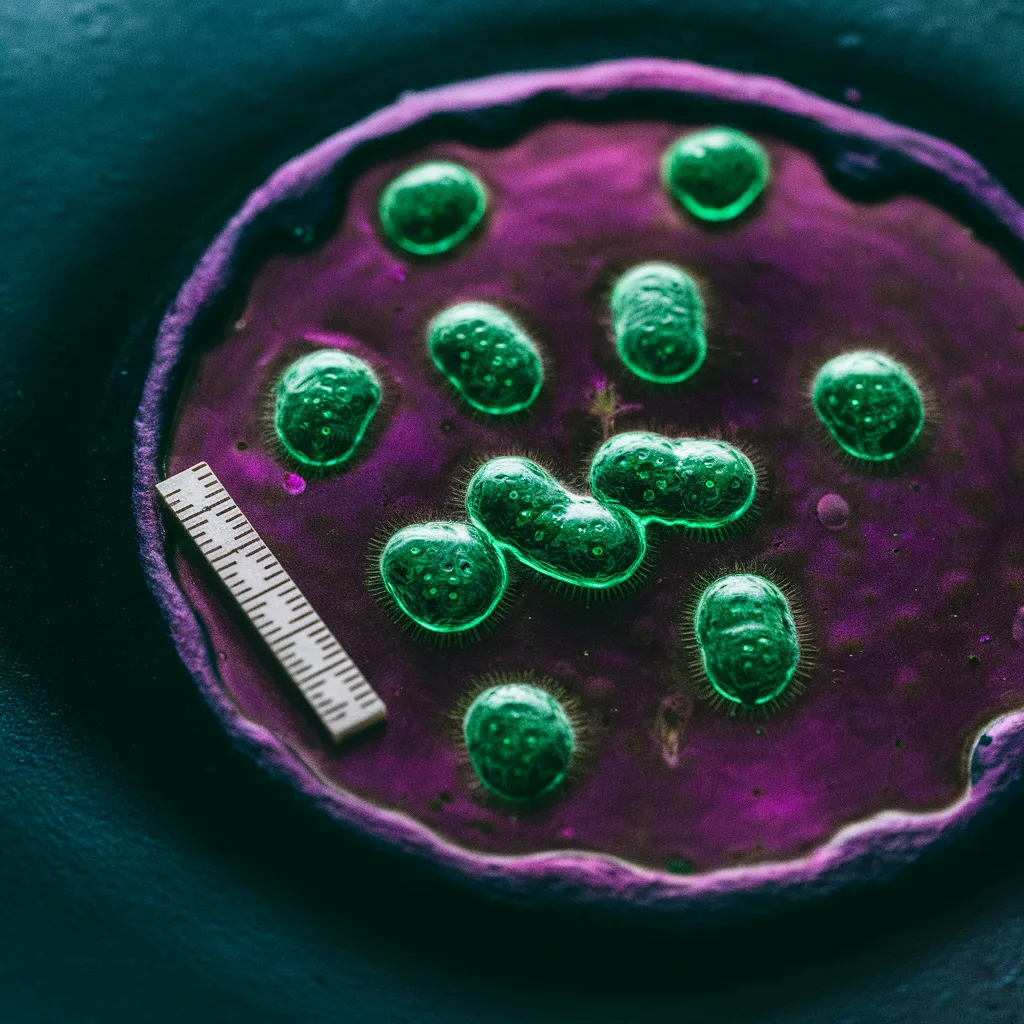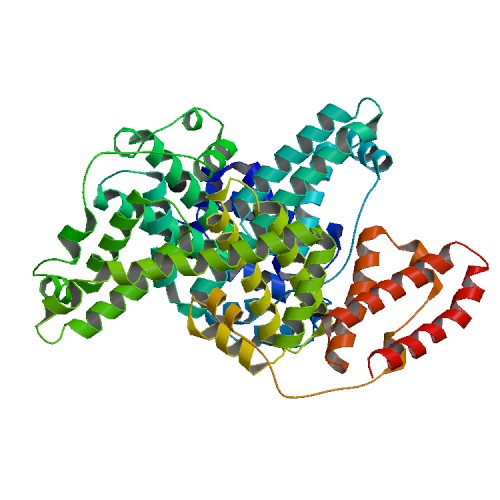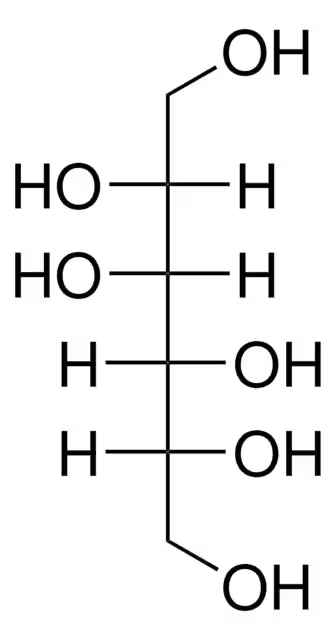Brucella Agar

The purpose of Brucella agar is to isolate and identify the bacteria that cause brucellosis, a zoonotic illness that affects both humans and animals. It is a selective and differential culture medium.
Brucella Blood Agar (BRU) is designed to isolate, quantify, and partially identify clinical specimen-derived obligate anaerobic bacteria. If properly incubated, this medium will also promote the development of aerobic and microaerophilic microorganisms.
Table of Contents
Composition of Brucella Agar
Basis
Tryptic Soy Agar (TSA): Offers the essential nutrients—amino acids, vitamins, and carbohydrates—for the growth of bacteria.
Solidifying agent: agar.
Osmotic equilibrium is preserved by sodium chloride.
Agents of Selection
Bovine serum albumin (BSA): Promotes the proliferation of Brucella species by counteracting the harmful effects of fatty acids found in serum.

Trypan blue: Selects for Brucella by preventing the growth of other bacteria.
D-mannitol: Used to distinguish other Brucella species from Brucella abortus, which ferments D-mannitol.

Agent Differential
Phenol red is a pH indicator that is created during the fermentation of D-mannitol and turns yellow when acid is present.
Principle
It also known as Brucella blood agar, is a selective and enriched media used to cultivate fastidious bacteria, particularly the genus Brucella. The principle behind its effectiveness relies on several key ingredients. First, the base of the agar is nutrient-rich, providing essential nutrients for bacterial growth, such as amino acids, vitamins, and carbohydrates. Second, the addition of blood, typically 5%, acts as an enrichment factor, supplying essential growth factors like hemin and NAD.
This enrichment is crucial for the growth of Brucella species, which are notoriously difficult to cultivate. Lastly, the addition of antibiotics, like bacitracin and polymyxin B, makes the agar selective, inhibiting the growth of most other bacteria and allowing Brucella to thrive. This selectivity helps isolate and identify Brucella from potentially contaminated samples.
Preparation
In one liter of distilled water, suspend 42.5 grams of Brucella agar.
Stirring frequently, heat the mixture until the medium dissolves entirely.
Autoclave for 15 minutes at 121°C to sterilize.
Fill sterile Petri plates with the medium after cooling it to 45–50°C.
Before using, allow the plates to firm completely.
Results
Positive Outcome: Development of tiny, smooth, convex colonies that have a distinctive “pearl-like” appearance; these colonies frequently show blackening as a result of H2S production surrounding them.
Negative Outcome: No development or expansion of additional bacterial colonies.
Application
A selective and differential media called Brucella agar is mainly used for the isolation and identification of Brucella species, a genus of bacteria that is known to cause the zoonotic illness brucellosis. This particular agar is perfect for isolating this particular pathogen from clinical samples because it contains chemicals that promote the development of Brucella while inhibiting the growth of most other bacteria. Brucella Agar is frequently employed in
identification and isolation of Brucella species from a range of samples, including tissue, milk, blood, and other possibly contaminated substances.
Identification of Brucella species and sample culture are used in the diagnosis of brucellosis in both people and animals.
studies on the Brucella species is to create vaccines and novel therapeutic approaches.
Importance
A selective and differential media called Brucella agar is mainly used for the isolation and identification of Brucella species, a genus of bacteria that is known to cause the zoonotic illness brucellosis. This particular agar is perfect for isolating this particular pathogen from clinical samples because it contains chemicals that promote the development of Brucella while inhibiting the growth of most other bacteria.
Frequently Asked Questions(FAQ)
What is Brucella Agar?
The purpose of Brucella agar is to isolate and identify the bacteria that cause brucellosis, a zoonotic illness that affects both humans and animals. It is a selective and differential culture medium.
What are the positive result of B. Agar?
The positive outcome of B. Agar, Development of tiny, smooth, convex colonies that have a distinctive “pearl-like” appearance; these colonies frequently show blackening as a result of H2S production surrounding them.
What are the principle of Brucella Agar ?
Brucella Agar also known as Brucella blood agar, is a selective and enriched media used to cultivate fastidious bacteria, particularly the genus Brucella. The principle behind its effectiveness relies on several key ingredients. First, the base of the agar is nutrient-rich, providing essential nutrients for bacterial growth, such as amino acids, vitamins, and carbohydrates. Second, the addition of blood, typically 5%, acts as an enrichment factor, supplying essential growth factors like hemin and NAD.
Related Articles




